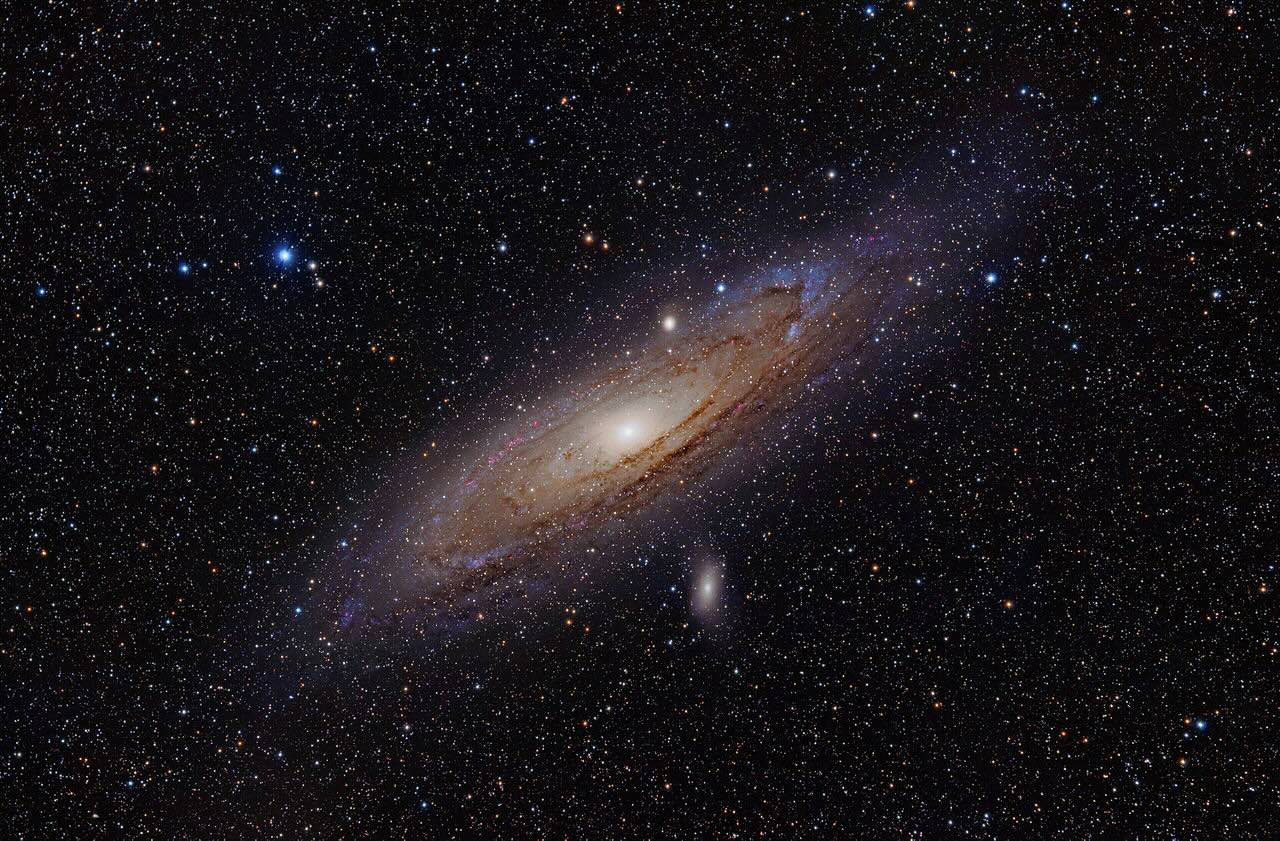
Who was Charles Messier? Charles Messier was a French astronomer born in 1730, best known for creating the Messier Catalog. This catalog lists over 100 astronomical objects, including galaxies, star clusters, and nebulae. Messier's passion for discovering comets led him to document these objects to avoid confusing them with comets. His work has had a lasting impact on astronomy, making it easier for both amateur and professional astronomers to identify and study celestial bodies. Messier's contributions continue to inspire stargazers around the world, proving that even centuries-old discoveries can still hold immense value today.
The Man Behind the Messier Objects
Charles Messier, a French astronomer, is the mastermind behind the Messier catalog. This list of astronomical objects has fascinated stargazers for centuries.
- Charles Messier was born on June 26, 1730, in Badonviller, France. He became interested in astronomy after witnessing a comet in 1744.
- Messier's catalog was created to help comet hunters avoid mistaking these objects for comets. He compiled it between 1771 and 1781.
- Messier's nickname was "The Ferret of Comets" due to his relentless pursuit of these celestial bodies.
- The catalog initially contained 45 objects but expanded to 110 over time.
The Messier Objects
Messier objects are some of the most stunning and diverse celestial sights. They include galaxies, star clusters, and nebulae.
- Messier 1, also known as the Crab Nebula, is the remnant of a supernova explosion observed in 1054 AD.
- Messier 31, the Andromeda Galaxy, is the closest spiral galaxy to the Milky Way and is on a collision course with it.
- Messier 42, the Orion Nebula, is one of the brightest nebulae and visible to the naked eye.
- Messier 45, the Pleiades or Seven Sisters, is a famous open star cluster easily seen without a telescope.
- Messier 87 is a giant elliptical galaxy with a supermassive black hole at its center, known for its jet of high-energy particles.
Observing Messier Objects
Astronomy enthusiasts often seek out Messier objects for their beauty and historical significance. Observing these objects can be a rewarding experience.
- Messier Marathons are events where astronomers try to observe all 110 Messier objects in one night, usually around the new moon in March or April.
- Binoculars are sufficient to observe many Messier objects, making them accessible to amateur astronomers.
- Messier 13, the Great Hercules Cluster, is a globular cluster containing hundreds of thousands of stars, visible with binoculars.
- Messier 57, the Ring Nebula, looks like a small smoke ring through a telescope.
- Messier 81 and Messier 82 are two galaxies in the constellation Ursa Major, often observed together.
Historical Significance
Messier objects have played a crucial role in the history of astronomy, helping scientists understand the universe better.
- Messier's catalog was one of the first attempts to systematically list non-stellar objects.
- Messier 51, the Whirlpool Galaxy, was the first galaxy identified as having a spiral structure.
- Messier 104, the Sombrero Galaxy, has a distinctive bright nucleus and a prominent dust lane.
- Messier 8, the Lagoon Nebula, is a giant interstellar cloud in the constellation Sagittarius.
- Messier 20, the Trifid Nebula, is known for its three-lobed appearance.
Fun Facts
Messier objects are not just scientifically important; they also have some fun and quirky aspects.
- Messier 44, the Beehive Cluster, got its name because it looks like a swarm of bees.
- Messier 6, the Butterfly Cluster, resembles a butterfly with open wings.
- Messier 27, the Dumbbell Nebula, was the first planetary nebula discovered.
- Messier 74 is sometimes called the "Phantom Galaxy" because it is difficult to observe.
- Messier 3 is one of the oldest known star clusters, estimated to be 8 billion years old.
- Messier 2 is one of the largest globular clusters, containing over 150,000 stars.
The Final Glimpse
Messier 87, a giant elliptical galaxy, holds many wonders. From its supermassive black hole to its jet of energetic particles, it's a cosmic marvel. This galaxy, located in the Virgo Cluster, is about 53 million light-years away. Its black hole was the first ever to be imaged, a groundbreaking achievement in astronomy.
Messier 87's globular clusters outnumber those in our Milky Way, hinting at its ancient origins. Its halo of stars and dust lanes tell stories of past galactic mergers. The jet, extending thousands of light-years, showcases the power of its central black hole.
Understanding Messier 87 helps us grasp the universe's complexities. It's a reminder of how much we've learned and how much more there is to discover. Keep looking up; the cosmos always has more to reveal.
Was this page helpful?
Our commitment to delivering trustworthy and engaging content is at the heart of what we do. Each fact on our site is contributed by real users like you, bringing a wealth of diverse insights and information. To ensure the highest standards of accuracy and reliability, our dedicated editors meticulously review each submission. This process guarantees that the facts we share are not only fascinating but also credible. Trust in our commitment to quality and authenticity as you explore and learn with us.
